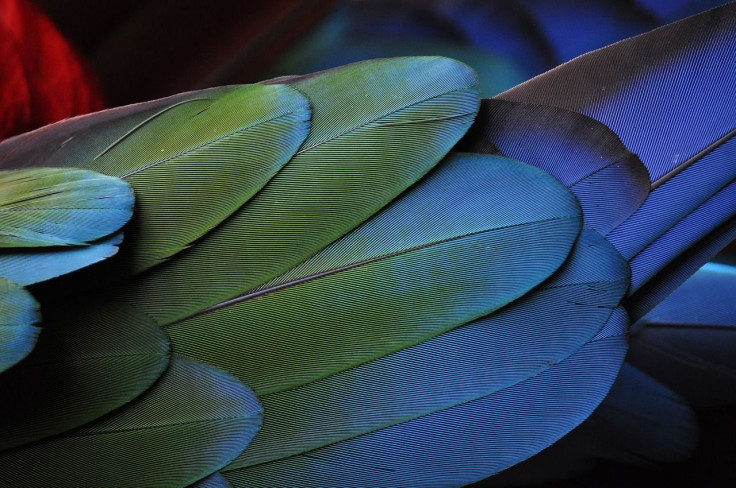These Flightless Parrots Are Very Inbred But Genetically Thriving, Researchers Find
An international team of researchers, which conducted the first genome-wide analysis of the critically endangered kākāpō parrots, has found that the species are genetically thriving despite being very inbred.
The kākāpō is a flightless parrot that's endemic to New Zealand, the researchers of a new study, published in Cell Genomics, said. The species is critically endangered, with just 201 individuals remaining today and most of them descended from an isolated population. In fact, in 1995, there were only 51 birds left in the species, 50 of which were from the isolated Stewart island and one, a male named Richard Henry, from the now-extinct mainland population.
Given their small population, theory suggests they likely incurred harmful genetic mutations, thereby increasing the species' risk for extinction through a process known as "mutational meltdown." However, the first genome sequencing of the species conducted by researchers from New Zealand and Sweden yielded rather surprising results.
"Even though the kākāpō is one of the most inbred and endangered bird species in the world, it has many fewer harmful mutations than expected," study lead author, Nicolas Dussex of the Centre for Palaeogenetics and Stockholm University, said in the Cell Press news release.
"Our data shows that the surviving population on Stewart Island has been isolated for approximately 10,000 years and that during this time, harmful mutations have been removed by natural selection in a process called 'purging' and that inbreeding may have facilitated it."
Simply put, instead of accumulating the harmful mutations, they lost them. Now they carry even fewer ones compared to the now-extinct mainland populations, Cell Press noted.
It's possible that the rate of inbreeding helped "favor" purging, Dussex told Gizmodo. Because the process took some 10,000 years, the "population crash" from "genetic corruption" did not happen.
"Our finding of a reduced number of harmful mutations is therefore important since it means that inbreeding in the present-day population is likely to have a less severe impact than we had initially thought," study co-author, Love Dalén of the Center for Palaeogenetics and Swedish Museum of Natural History, said in the Cell Press news release.
This is "good news" for other inbred and isolated species as well, study co-author, Bruce Robertson of the University of Otago, noted as per Cell Press. This is because the kākāpō's case shows how it's still possible for some populations to continue to survive even though they have been isolated.
"Our results provide evidence that small populations can survive even when isolated for hundreds of generations," the researchers wrote. "This work provides key insights into kākāpō breeding and recovery and more generally into the application of genetic tools in conservation efforts for endangered species."
"While the species is still critically endangered, this result is encouraging as it shows that a large number of genetic defects have been lost over time and that high inbreeding alone may not necessarily mean that the species is doomed to extinction," Dussex said in the news release. "It thus gives us some hope for the long-term survival of the kākāpō as well as other species with a similar population history."

© Copyright IBTimes 2024. All rights reserved.






















